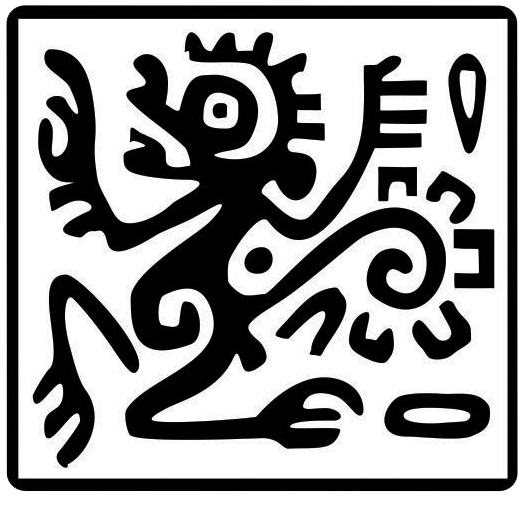Molecular identification of Blastocystis sp. in urban rodents from México City
Abstract
Urban rodents are synanthropic animals that play a pivotal role as hosts for rodent-transmitted diseases; however, there are few reports of intestinal zoonotic protozoa in these animals. On the other hand, Blastocystis sp. is the most frequently identified protozoan zoonotic parasite in coprological studies of humans worldwide, and its presence in urban rodents has only been documented in some studies. The present study aimed to identify Blastocystis sp. by molecular tools in a population of synanthropic rodents from México City. Eighty-five rodents (33 Mus musculus and 52 R. norvegicus) were trapped in the Canal Nacional public park in México City, during the fall and winter of 2020. Some morphological data and large intestine samples were obtained with feces from all the animals. DNA was recovered from the samples and processed using the polymerase chain reaction technique for the identification of Blastocystis sp. Twenty-one samples were positive, so the prevalence was 32.7 % and 12.1 % for R. norvegicus and M. musculus, respectively. Since a previous report has documented a frequency of 31.5 % of Blastocystis sp. in patients from México City, similar to the frequency found in rats in the present study and in agreement with other authors, our results strengthen that R. norvegicus could be used as a sentinel synanthropic animal; however, studies on human and rodent ecology should be carried out to confirm this.
Copyright (c) 2024 Therya Notes

This work is licensed under a Creative Commons Attribution-NonCommercial-NoDerivatives 4.0 International License.
THERYA NOTES is based on its open access policy allowing free download of the complete contents of the magazine in digital format. It also authorizes the author to place the article in the format published by the magazine on your personal website, or in an open access repository, distribute copies of the article published in electronic or printed format that the author deems appropriate, and reuse part or whole article in own articles or future books, giving the corresponding credits. The Creative Commons CC BY-NC-SD license is used.![]()









